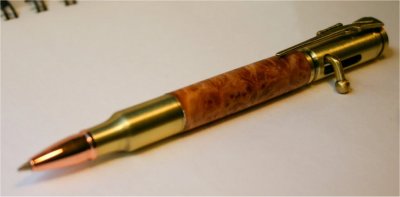Levetiracetam:
This pyrrolidine-based anticonvulsant has an unknown mechanism of action. It has been used as an adjunct AED for dogs and cats and is occasionally used as monotherapy. In dogs, it has excellent oral bioavailability, does not appear to undergo hepatic metabolism, is primarily excreted unchanged in the urine, and has a half-life of ~4 hr. It appears very safe with no to few adverse effects (ataxia, sedation, vomiting) reported at the routine dosage ranges. Levetiracetam is initially administered at 20 mg/kg, PO, tid, in dogs; 10–20 mg/kg, PO, tid, in cats.
Dog: 10mg/lb 3x/day (9.09mg/lb)
Cats: 5-10mg/lb (2.27 to 9.09 mg/lb) also 3x/day
If adverse effects occur, the dosage should be reduced to 20 mg/kg, bid, and increased to 20 mg/kg, tid, gradually. Studies suggest that 60% of dogs respond initially; however, after 4–8 mo, there is a loss of effect in ⅔ of previous responders because of development of tolerance. In dogs, the dosage can be increased every 2 wk in increments of 20 mg/kg if therapeutic benefit has not been noted. Adverse effects of salivation, restlessness, vomiting, and ataxia at dosages >400 mg/kg/day have been seen experimentally in dogs but resolved within 24 hr of discontinuing the drug. Therapeutic monitoring is generally not necessary when using this drug, and there does not appear to be a correlation between serum drug concentration and therapeutic efficacy. An IV formulation can be used in status epilepticus.





